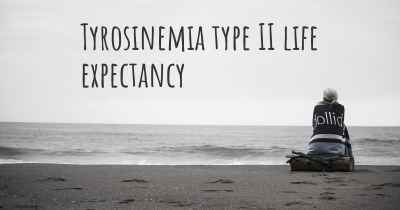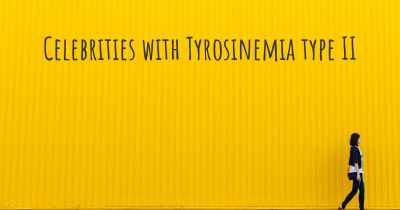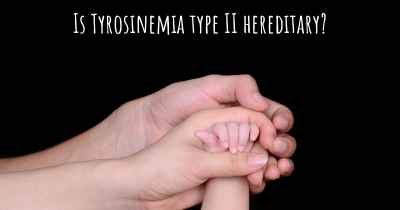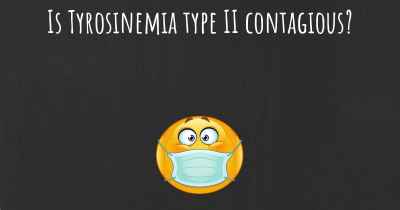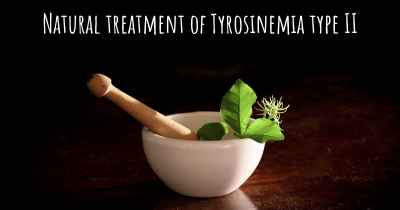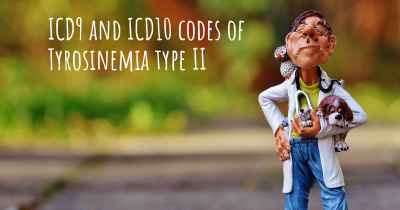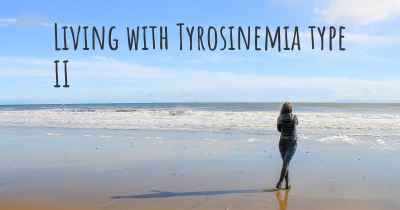Which are the symptoms of Tyrosinemia type II?
See the worst symptoms of affected by Tyrosinemia type II here
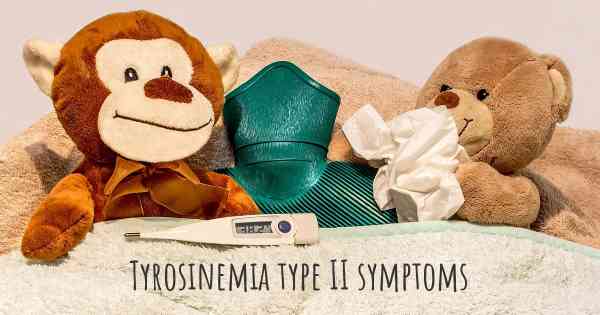
Tyrosinemia type II, also known as oculocutaneous tyrosinemia or Richner-Hanhart syndrome, is a rare genetic disorder that affects the body's ability to break down the amino acid tyrosine. This condition is caused by a deficiency of the enzyme tyrosine aminotransferase (TAT), which is responsible for converting tyrosine into other compounds that the body needs.
Symptoms:
The symptoms of Tyrosinemia type II can vary in severity and may present differently in each affected individual. Some common symptoms include:
- Eye problems: Ocular manifestations are a hallmark of this condition. Affected individuals may experience redness, itching, and tearing of the eyes. Additionally, they may develop small, painful corneal ulcers, which can lead to scarring and vision impairment if left untreated.
- Skin abnormalities: Skin findings are another characteristic feature of Tyrosinemia type II. Skin lesions, such as small, painful nodules or blisters, may appear on the palms, soles, and around the nails. These lesions can be triggered by trauma or exposure to sunlight.
- Developmental delays: Some individuals with Tyrosinemia type II may experience delays in reaching developmental milestones, such as sitting, crawling, or walking. These delays can vary in severity and may require early intervention and supportive therapies.
- Intellectual disability: In more severe cases, intellectual disability may be present. This can range from mild to moderate impairment in cognitive function, learning abilities, and overall intellectual development.
- Behavioral issues: Behavioral problems, including hyperactivity, impulsivity, and attention deficits, have been reported in some individuals with Tyrosinemia type II. These behavioral issues can impact daily functioning and may require behavioral interventions or medications.
- Other features: Less commonly, affected individuals may exhibit additional symptoms such as liver abnormalities, including hepatomegaly (enlarged liver), elevated liver enzymes, or liver dysfunction. Some individuals may also have a history of recurrent infections or respiratory issues.
Diagnosis and Treatment:
Diagnosing Tyrosinemia type II typically involves a combination of clinical evaluation, biochemical testing, and genetic analysis. Blood and urine tests can help identify elevated levels of tyrosine and its byproducts, which are indicative of the condition. Genetic testing can confirm the presence of mutations in the TAT gene.
Currently, there is no cure for Tyrosinemia type II. Treatment primarily focuses on managing the symptoms and preventing complications. This may involve dietary modifications, such as restricting tyrosine intake, and supplementation with specific amino acids. Regular ophthalmologic examinations are crucial to monitor and manage eye-related complications. Additionally, supportive therapies, such as physical and occupational therapy, may be recommended to address developmental delays and improve overall quality of life.
Conclusion:
Tyrosinemia type II is a rare genetic disorder characterized by eye problems, skin abnormalities, developmental delays, intellectual disability, and behavioral issues. Early diagnosis and appropriate management are essential to minimize complications and optimize the affected individual's well-being. Ongoing medical care, including regular monitoring and multidisciplinary interventions, can help individuals with Tyrosinemia type II lead fulfilling lives.
